News
-
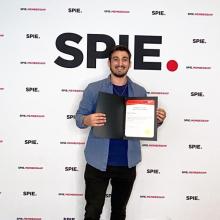
Alon Tzroya won Young Investigator Award
The award was presented to Tzroya at the SPIE conference for his research on an innovative optical method for detecting and classifying contaminants in water
-
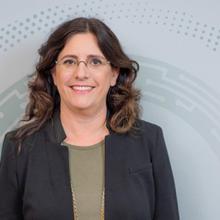
Prof. Orit Shefi’s Article Published in Advanced Materials Technologies
The article discusses the biolistic delivery of drug-carrying particles for targeted treatment of cancerous tumors. Its clinical application could help develop new methods for improving clinical photodynamic treatment.
-
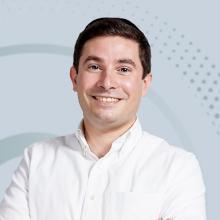
Faculty researchers among editors for new SPIE journal
Prof. Dror Fixler has been appointed Associate Editor of the new biophotonics journal. PhD student Ari Ashkenazy and Faculty of Engineering alumnus Dr. Shira Roth have been appointed Early Career Editors
-
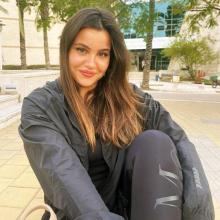
“I’m at a place where I feel safe”
Shelly Nachshon spent October 7th locked up in her safe room in Sderot, listening to the gunfire raging outside. On December 31st, she commenced her studies at the Faculty of Engineering. “It literally saved me,” she says
-
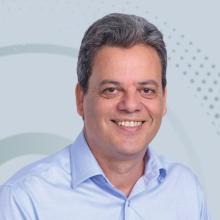
No Student Left Behind
Our new Chief Administrative Officer, Dr. Joseph Talyosef, has entered his new role at a most challenging time. Here’s how he’s taking the Faculty of Engineering into a new school year during wartime.
-

A prestigious award for a paper by Prof. Carmit Hazay
The paper, which introduced a new proof system that reduces the computational complexity of zero-knowledge proofs, won an award from the Association for Computing Machinery.
-

“I am really astounded to see the unity and teamwork”
PhD student Upasha Acharyya came here from Bangalore, India, just days before war broke out. She researches single-photon detectors, and says she feels “safe and secured.”
-
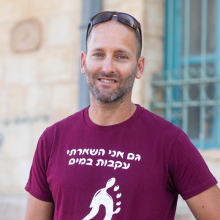
“When I stepped out, I found a paraglider next to my car”
Noam Kalush, 43, married and father of two, PhD student and computational biology researcher at Prof. Hillel Kugler’s lab, was at his home in Netiv Haasara on Saturday, October 7th. This is his story
-
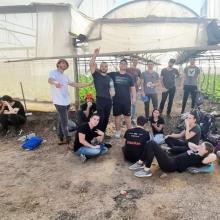
Engineers and Cucumbers, an Unlikely Mix
An initiative by the Faculty of Engineering’s Student Council got students volunteering in agricultural work
-
We said yes!
Tal Dvora, A student at Industrial Engineering and Information Systems program, tells us about the proposal video that has the entire country in tears of joy
-
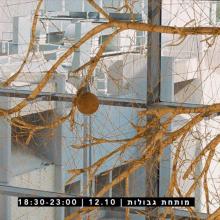
The Scientist and the Artist
The collaboration between Prof. Orit Shefi and artist Vardi Bobrov will feature as part of Transmeet Festival of art and science
-

Sorry, Algorithm, You Got It Wrong
As part of a formal verification and deep learning project, students Yael Leibovitch Weiss and Omer Cohen succeeded in introducing minimal noise to images, thereby leading object Detection algorithms to produce major errors
-
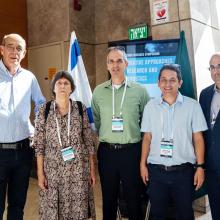
The Diagnostics of Infectious Diseases
Earlier this month, the Faculty’s Prof. Amos Danielli organized a conference on the subject, where he delivered a talk about quick diagnostics using magnetic modulation biosensing technology
-
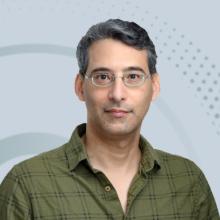
T-Junction: When Cancer Cells Meet Immune Cells
Dr. Shahar Alon studies T cells - single immune system cells, in an effort to figure out the circumstance that allow them to beat cancer cells. This groundbreaking research has earned him the prestigious European Union ERC grant.
-

The Right Path
Dr. Dor Atzmon specializes in heuristic search and planning, while working with AI plotting paths for robots in multi-agent environments




